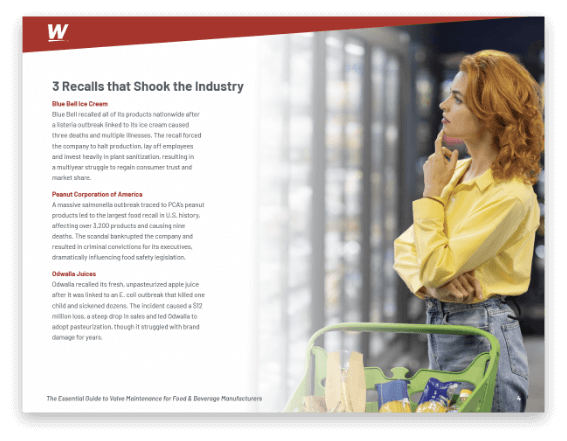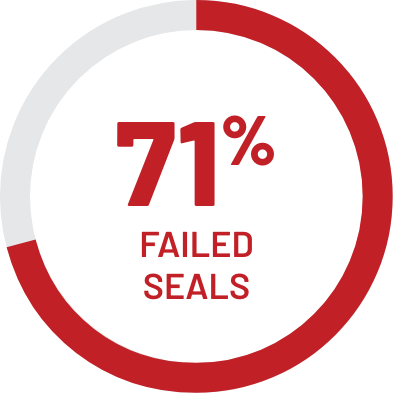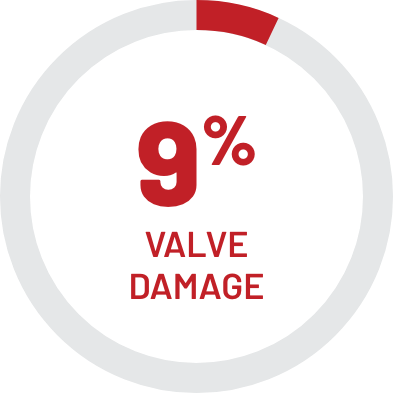Keeping your food and beverage processing plant running like a well-oiled machine takes serious dedication. However, even the most experienced teams may overlook the critical nuances of sanitary valve maintenance. Because they’re often “out of sight,” valves are frequently “out of mind,” leading to potential neglect until a significant issue arises.
Let's Talk ValvesSean Gary
Operations Technical Manager,
Schrieber Foods
When you partner with Weidner, we support your internal maintenance team with deep valve expertise, fast execution, and documentation that makes their jobs easier and your plant safer. We’ll help identify issues others miss and help you stop problems before they start.
Christian Shannon
Sanitation Supervisor,
KraftHeinz




